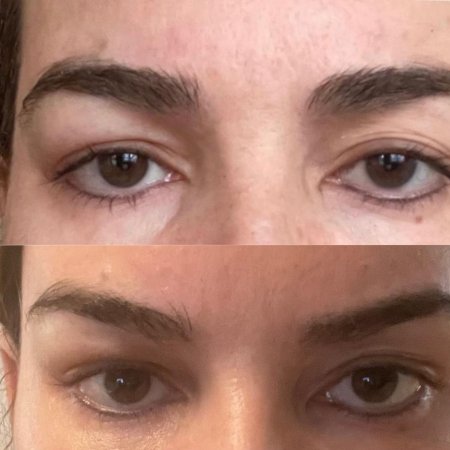
An endoscopic midface lift, which uses minimal incisions, is a fairly common form of plastic surgery. It enhances the appearance the face. Because of its low scarring potential, long-term effects, and minimal downtime, this procedure is growing in popularity. Continue reading to find out more about the risks and benefits of this procedure. This procedure is not for everyone. Find out more about the side effects and preconditions for this procedure.
Endoscopic midface lift
The midface is treated with an endoscopic procedure called the Endoscopic Mid Face Lift. It strengthens multiple layers of the face and can improve the overall appearance of the midface. Patients between the ages 50 and 60 are ideal candidates. While this procedure can be used to address the signs of aging, patients should have realistic expectations. Patients must be in good general health. For patients with signs of ageing in the midface, the midface lift is a good choice.
After an endoscopic mid face lift, you will experience bruising, swelling, and numbness. These symptoms last about a week. There will be a different recovery time for each person. It is best to avoid strenuous activities during the first few weeks. Most sutures can be removed within one week. Within three months, the results of this procedure should be apparent. Patients should sleep with their head elevated for the first couple of nights. You will feel more youthful after an endoscopic midfacelift procedure.

Side effects
While mid-face lift surgery is relatively safe, there are some risks. These include infections, bleeding, and poor wound healing. During your consultation, you will learn more about the possible complications and side effects of this procedure. Although the surgery can have life-altering effects, the risks are outweighed by the potential benefits. Make an appointment with a board certified anesthesiologist to avoid complications. The surgeon will be happy to discuss with you any post-operative needs.
Patients should wash hair the morning after their procedure. After surgery, you can drink water or other approved medications. It's also a good idea if someone is available to stay with you and drive you home on the first night. Additionally, you might experience some bruising and swelling. These side effects might be addressed by your doctor. Patients should expect to be fully recovered within one to three weeks of surgery.
Prerequisites
There are some things you need to know before you decide to undergo a mid-face lift. This is a cosmetic procedure and insurance companies won't cover it. This procedure will not cause permanent damage but it may be worth your consideration if you suffer from facial sagging and nasolabial wrinkles. These conditions may mean that a midface lift is not right for you.
General or deep sedation can be used for a mid face lift. It is usually done in an outpatient facility, but can also be performed in a hospital using local anesthesia. This procedure can be combined with others to improve results. It only takes about an hour to complete. The recovery time is short and swelling as well as bruising are minimal. Patients are encouraged to sleep with their head elevated the night after the procedure. Ice packs should be applied to the affected areas for the first few days. Patients may then be prescribed low-dose pain medication after the procedure.

Recovery
Even though mid-face lift surgery isn’t considered a very invasive procedure, there are some patients who may be at risk of developing postoperative hemorhage. This can lead to poor wound healing, prolonged ecchymosis, and poor scarring. Other risk factors include smoking, diabetes mellitus, and immunosuppression. Before elective surgery, such patients should be medically optimised. Patients usually experience little discomfort and pain after mid-facelift surgery.
While the initial days can be rough, you should expect to be back in your normal routine within a few days. It is possible to experience bruising, numbness, or tightness. These side effects can last up to a week and should be treated with rest. Most sutures will disintegrate within one week. You should resume your normal activities within six to twelve weeks of surgery.